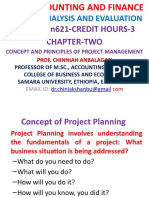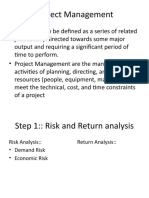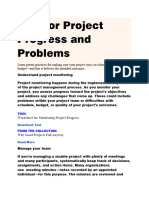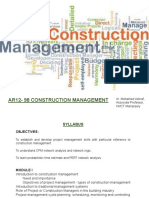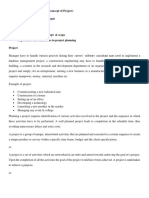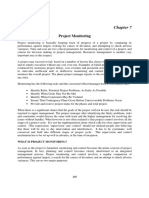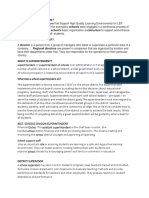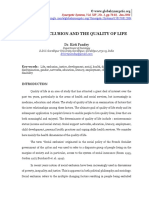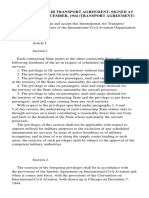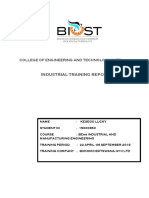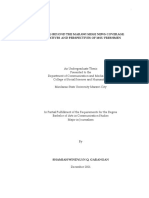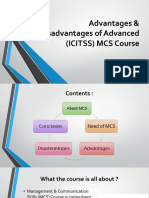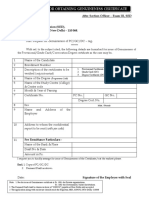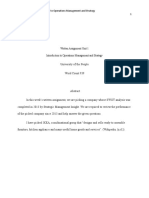0% found this document useful (0 votes)
42 views79 pagesMonitoring and Controlling Project
The document describes how to monitor and control a project through reporting progress, communication, and tracking key metrics like cost, schedule, quality, and changes. It discusses establishing control procedures that create a baseline and allow comparing actuals to plans. Critical steps include identifying variances, forecasting outcomes, and taking corrective actions. Formal and informal monitoring and a robust filing system are also recommended.
Uploaded by
sitiCopyright
© © All Rights Reserved
We take content rights seriously. If you suspect this is your content, claim it here.
Available Formats
Download as PPTX, PDF, TXT or read online on Scribd
0% found this document useful (0 votes)
42 views79 pagesMonitoring and Controlling Project
The document describes how to monitor and control a project through reporting progress, communication, and tracking key metrics like cost, schedule, quality, and changes. It discusses establishing control procedures that create a baseline and allow comparing actuals to plans. Critical steps include identifying variances, forecasting outcomes, and taking corrective actions. Formal and informal monitoring and a robust filing system are also recommended.
Uploaded by
sitiCopyright
© © All Rights Reserved
We take content rights seriously. If you suspect this is your content, claim it here.
Available Formats
Download as PPTX, PDF, TXT or read online on Scribd
/ 79







